|
|
Building 22A Canadians
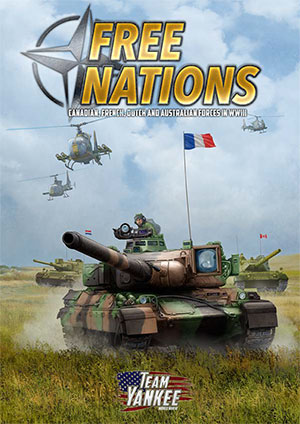 |
Building 22A Canadians
with Dan McClean
Team Yankee is my first miniatures game and Canadians are the first army I built. I joined the Canadian Forces in 1985, and I am still serving as an infantryman. In the 1980s and 90s I was posted to an infantry battalion, 1 PPCLI, where I was in a rifle platoon (call sign 22A), Anti-Armour platoon and Reconnaissance Platoon. So when I decided to build my army I of course chose to base it on my unit.
|
|
My first purchase was an M 109 Battery and a UK mechanised platoon. Canadian platoons had not come out yet and the UK platoon really was close enough with weapons and equipment. I then made the poor choice of making a winter force. It had been over 30 years since I had painted any models and forgot how hard white was to work with.
|
|
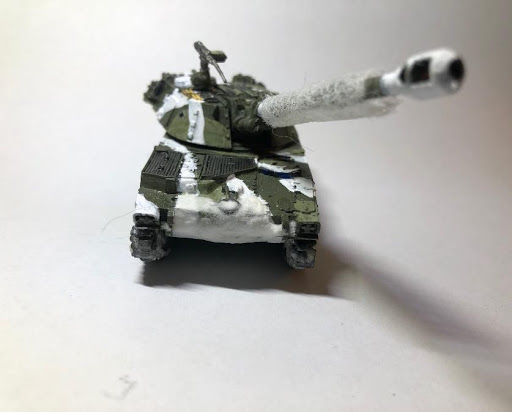
|
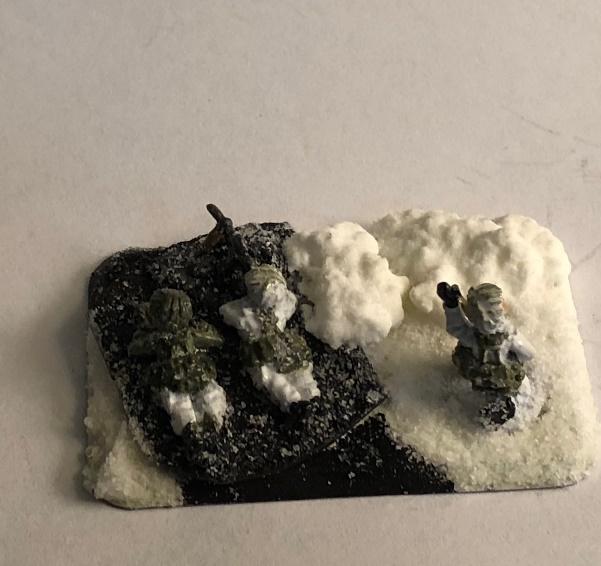 |
| Pictured Above: 3 RCHA M109 prepared for direct fire support. |
Pictured Above: 5 Platoon weapon detachment commander directing the C5 MMG fire along an asphalt path. Personal note: this is painted specifically to reference the winter training exercise I went on where I was the only guy in the company who forgot my white top. |
|
|
Core Force
When deciding on my list I built a core force that I could field in almost every point level and then just change out the allied and Canadian support to meet the point totals. So for my core force I run an Infantry Combat Team.
I do not max out the formation as I could as this was not as it was fielded. So I have based this on a normal combat team structure. When forming a combat team an infantry company would trade one platoon to a tank squadron for a tank troop. This would allow for the creation of both an Infantry and Armoured combat team.
The integral support options for the battalion would not all be allocated to one combat team, as indicated on the force diagram. Even if this was the main effort of the battalion commander they would only get 1 TOW section, 1 Recce section, and one mortar group of four tubes. However, where you were decided the size of the TOW sections. German based Canadian units sometimes had three vehicles a section. Canadian based units were based on 2 vehicles.
My core force consists of:
- 1 HQ
- 2 Full Platoons
- 1 leopard Troop
- 1 TOW section - 2 vehicles
- 1 Mortar Group – 4 tubes
- 1 Recce Section
This comes in at under 40 points and is a good core formation. If you wanted you could max out the TOW and Recce sections for around 10 points. This would add four more units and make your core formation incredibly difficult to break
|
|
Support
For Canadian support it is mainly M109 and ADATS for me. I take 4 ADATS as I cannot justify the point value of 6. Now for ADATS and Blowpipe Team Yankee is a little ahistorical. AA assets would not normally be allocated to a combat team. They would be deployed to protect vital points or assets. In all my years I have only ever seen blowpipe or javelin (the blowpipe replacement not the antitank missile) dudes once. I do however understand why they added them.
Pictured right: ADATS carrier covers its arc while its partner, with the radar locked into travel mode, changes position.
|
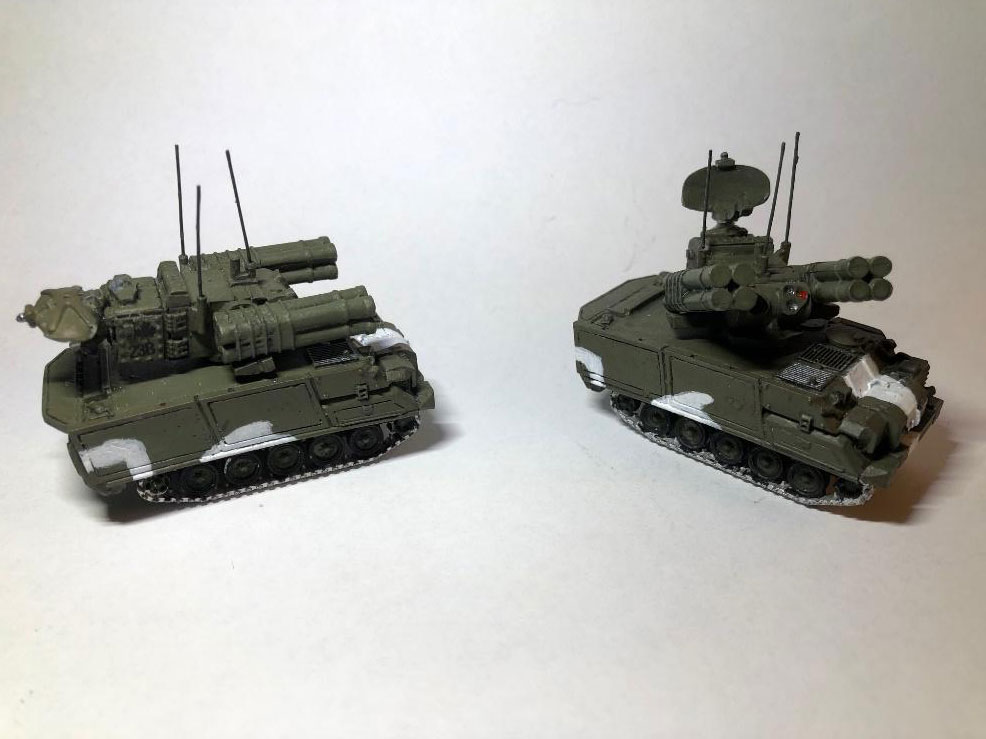
|
|
Allied Support
I have a few options, based on point level and mood. If I want to run fixed wing I run German and if I want to put some helos up I use US.
|
|
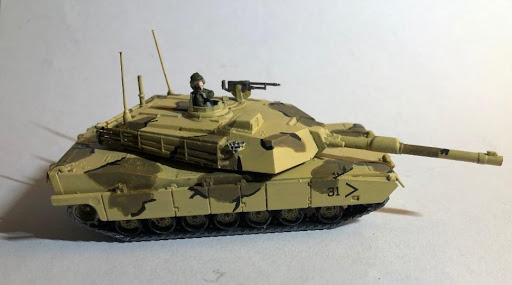
|
US Support
This is my main go to and will add the following based on point level. IPM1 platoon – this is my go to support platoon and love them. However, I am planning on building a US desert force and my M1’s colour scheme may not match my winter scheme of my Canadians. I am looking forward to the change in the morale rules as the M1 Platoon I have runs a lot with one tank bailed.
|
|
M60 Platoon – If the points do not allow for an M1 platoon I have an M60 platoon ready to go. For helo support nothing like a cobra hitting you at max range with the TOW. Note the winter scheme – bought and painted prior to deciding on building a US desert force.
|
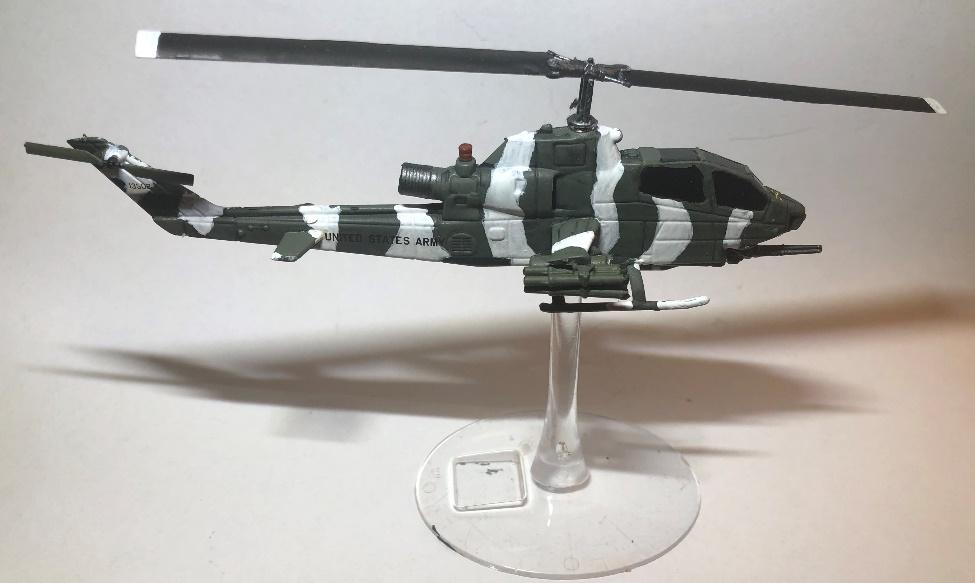
|
|
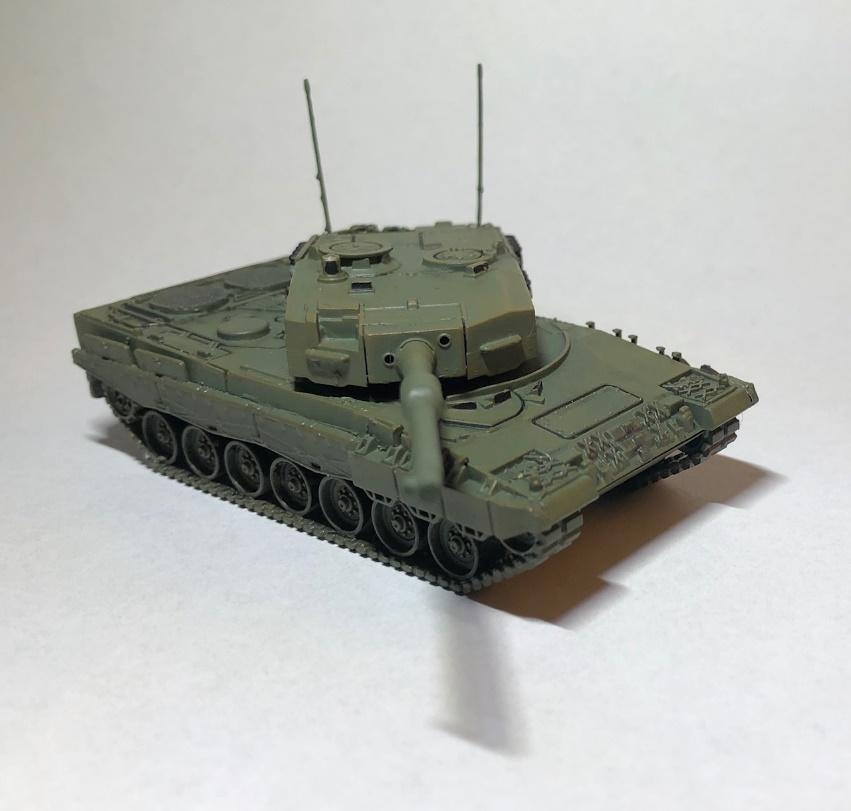
|
German Support
My decision to run German support is based solely on if I want to run close support aircraft or not. This is based mainly in points as the A10 flight for US support is too expensive and eats your points up quickly.
My Leopard 2s, however are painted and decalled as Canadians, as the Canadian Army use them currently. In friendly games I may use the crew stats of the Canadian Leopard 1 with the vehicle stats of the German Leopard 2 (or the Dutch ones as they are a point cheaper.
|
|
Allied Formation
For an allied formation I will add a HMMVW Calvary troop. The point levels are low so there is a possibility to field a lot of different models. When you add in the full 6 sections of 4 vehicles, so 26 vehicles including HQ, it is a blast. The downside to this is that you will lose a lot of vehicles and an 6 -1 (or FOW 8-1) decisive victory is unlikely.
|
|
Canadian Force Summation
So overall, I based this force and list on my past experiences. I now see the strength of the Canadian list with the sheer variety of support options from Canadian, US, and German units. This also will lead to replayability of the force. With using the same core force and just changing out support options I have a force I am comfortable with and that I can easily scale from 50 to 110 points as required.
~Dan
|
Last Updated On Thursday, September 12, 2019 by Luke at Battlefront
|
|
|
 |
|